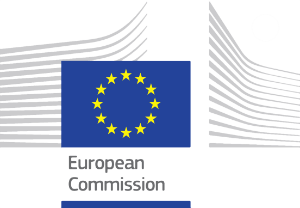The Chappe Art Museum was built in the coastal town of Ekenäs at the initiative of Professor Albert de la Chapelle and Professor Clara D. Blomfield de la Chapelle, both scientists that have conducted ground-breaking research in the medical sciences. Their vision was to build a striking art museum that would breathe life into the cultural quarter and the historical environment of Ekenäs, a coastal town in the southwestern corner of Finland. The Albert de la Chapelle Art Foundation, founded in 2017, built the museum that opened its doors to the public in April 2023.
Since its inception the profile of the exhibitions shown at the museum have had sustainability thinking and environmental values as guiding principles. The museum developed and adopted a sustainability programme together with Raseborg Regional Museum. Sustainability was taken into consideration in building materials, technical solutions, choice of exhibition themes and activities, logistics related to the exhibitions and social activities.
The theme of sustainability has been at the forefront regarding the choice of building materials used in building the museum and when considering the longevity of the house structure, as well as in relation to the technical solutions used inside the building. The wood used was locally sourced and the trees that were felled on the property during the construction were by local artisans made into benches and a counter for the museum. Other criteria considered in the choice of building materials was comfort, sustainability, ease of maintenance, recyclability, and cleanability of the interior materials. The building services used inside the museum building were designed to be as energy saving as possible. The building work was carried out by local companies and artisans.
Regarding the choice of exhibition themes these will all be related to ecological and social sustainability. The art works on display are by artists from the Nordic and Baltic regions, which also contributes to environmental sustainability in terms of transportation. The museum participates in special theme day events linked to environmental issues such as the Baltic Sea Day and organizes workshops around themes of sustainability. In the garden of the museum a beehive sculpture has been erected, and a meadow will be planted to attract pollinators. This is a continuation of a workshop organized at Chappe by artist Erik Sjödin, who with the visitors built nesting sites for pollinators using natural materials.
The museum focuses on social sustainability by developing volunteering and by working with the cultural environment of the museum. Ecological sustainability is furthered by the museum through the setting up of a working group for sustainable development within the museum.
The museum is looking into the possibility of joining the Eco Compass process, which is an environmental management and certification system (ekokompassi.fi). An evaluation of the sustainability programme will be carried out in 2025.

